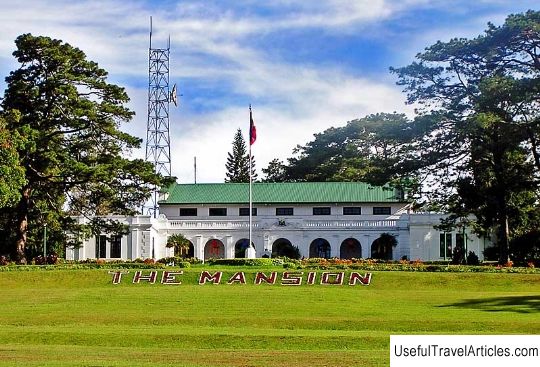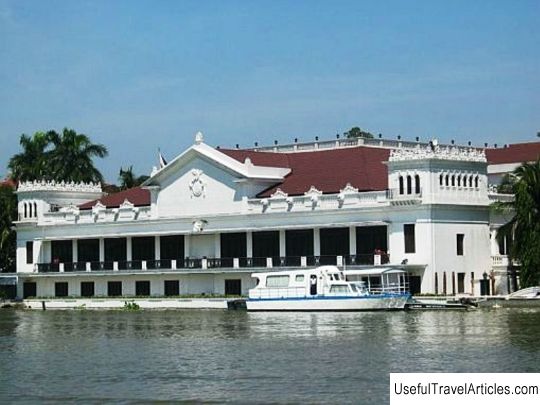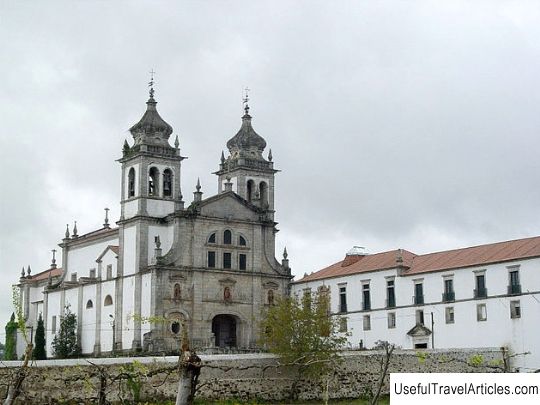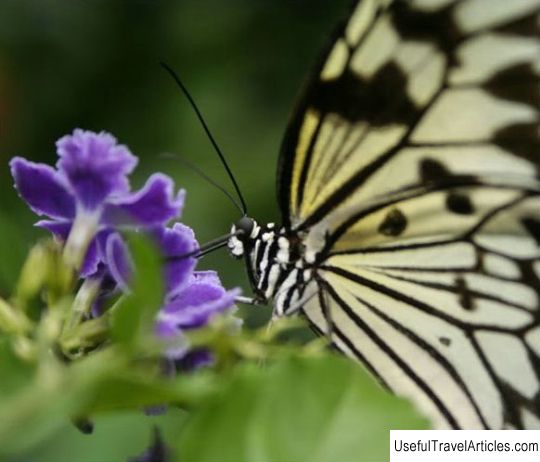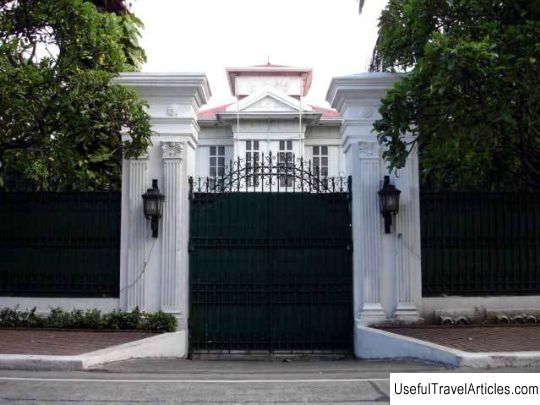The Coconut Palace description and photos - Philippines: Manila
Rating: 8,5/10 (1403 votes) 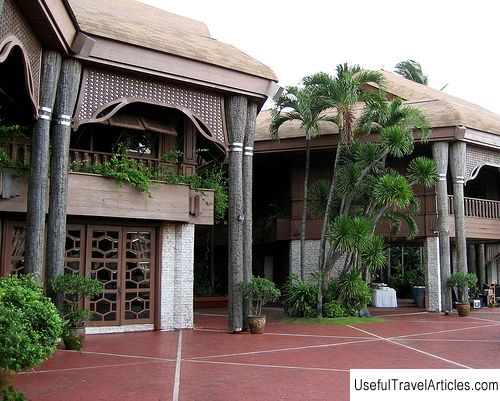
The Coconut Palace description and photos - Philippines: Manila. Detailed information about the attraction. Description, photographs and a map showing the nearest significant objects. The title in English is The Coconut Palace. Photo and DescriptionThe Coconut Palace, also known as Tahanang Filipino, which means "Philippine House", is the official residence and main workplace of the country's vice president. It is located within the Cultural Center of the Philippines in the Manila suburb of Pasay. Its construction was timed to coincide with the visit to the country of Pope John Paul II in 1981. However, the head of the Catholic world refused this residence, saying that it would be too pretentious to stay in the palace, while the majority of the inhabitants of the Philippines are living in poverty. Later, the architect Francisco Manosa said that the construction of the Coconut Palace was planned long before the Pope's decision to visit the country. The Coconut Palace was built in 1978 from several types of Philippine wood, coconut shells and specially formulated coconut lumber. Each of the seven guest rooms on the second floor is named after a specific Philippine region and contains several handicrafts produced in that region. For example, in the Pampanga room you can see a statue made of lahar, a mudflow from Mount Pinatubo. The Marawi room represents the Muslim island of Mindanao, while the Mountain Province room contains artifacts from local aborigines. Before becoming the official residence of the country's vice-president, the palace was known as a wedding venue. The building of the palace has the shape of an octagon, and the roof is made in the form of a traditional Philippine salakot hat. A distinctive feature of the interior decoration of the palace is a candelabrum made of 101 coconut shells, and a dining table made from 40 thousand tiny pieces of inlaid shell. Today, the Coconut Palace is considered one of the most amazing buildings of the Cultural Center of the Philippines due to its architecture and interiors. And its name reflects the opinion of the Filipinos that it is the coconut that is the real “tree of life”. All elements of the coconut are used in the design, shape and decoration of the palace - from the roots to the trunk, bark, fruits, flowers and shells. Over the years, Libyan President Muammar Gaddafi, Hollywood actress Brooke Shields and American actor and director George Hamilton have stayed in this building.          We also recommend reading Matera description and photos - Italy: Ionian coast Topic: The Coconut Palace description and photos - Philippines: Manila. |
